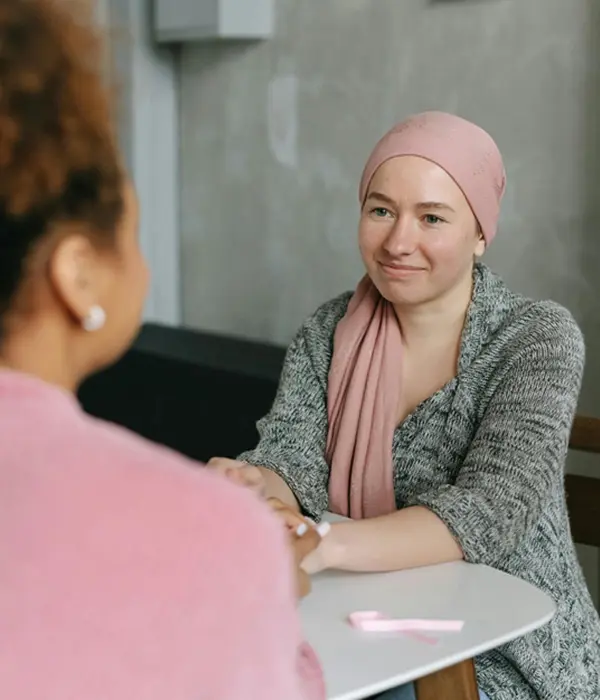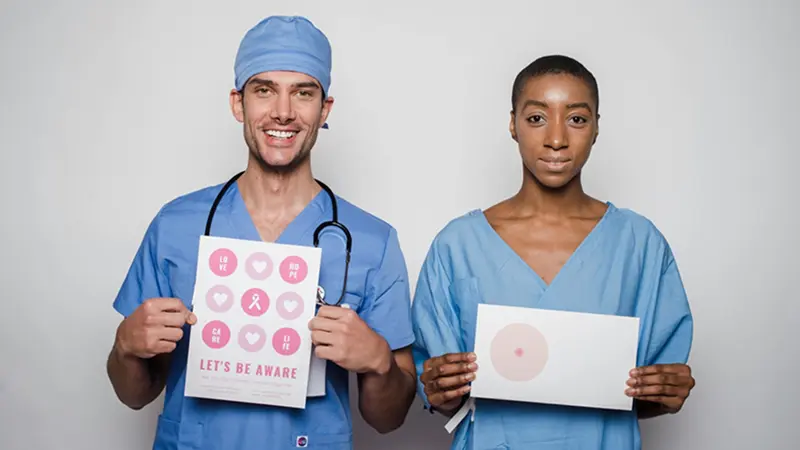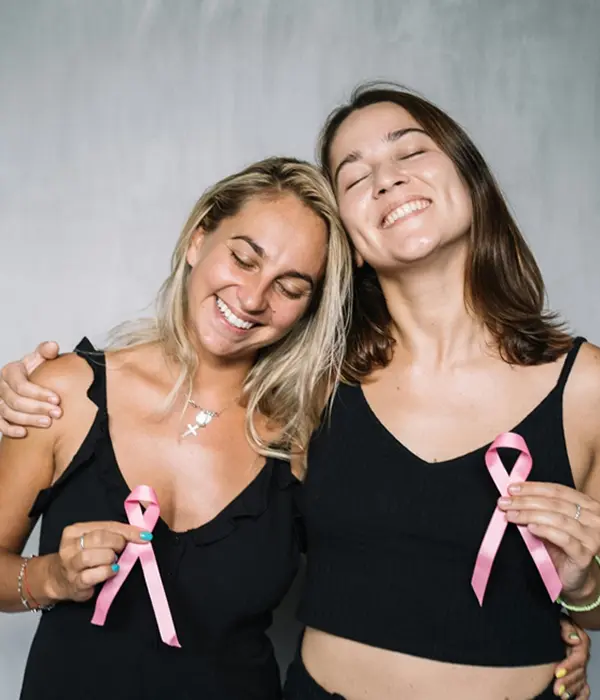Genetic Counselling for Family Members of a newly diagnosed Breast Cancer Patient
Home Services Allied Services Genetic Counselling for Family Members of a newly diagnosed Breast Cancer Patient
When a member of the family is newly diagnosed with breast cancer, it becomes important to assess the rest of the family members for their risk of developing cancer.

This is particularly important when the cancer is diagnosed at less than 50 years age.
Most cancers in women are somatic ( acquired and not inherited) but occasionally doctors advise family member counselling when they suspect possible genetic mutations. Genetic counsellors would explore the family history prior to testing for mutations.
Family Risk Assessment
Family Risk Assessment
- Counsellor reviews the family history in detail, including all cancer types, ages at diagnosis, and ancestry.
- Determines whether the pattern suggests a hereditary cancer syndrome (e.g., BRCA1/2 mutations).
- Women with large breasts who may benefit from a therapeutic mammoplasty or breast reduction.
- Women concerned about the cosmetic outcomes of breast cancer surgery, particularly if the tumor is in a visible location (e.g., near the cleavage or nipple).
- Women with larger tumors who want to avoid mastectomy but still wish for a good aesthetic result are often given chemotherapy prior surgery to reduce the size of tumor.

Understanding the Patient’s Test Results
Radiation therapy may be recommended for breast cancer in the following situations:
- Positive (pathogenic mutation): Targeted testing is recommended for close relatives.
- Negative or VUS (variant of uncertain significance): May still warrant risk-based screening for family members, depending on family history.
Explaining Inheritance Patterns
- Most breast cancer susceptibility genes (e.g., BRCA1/2) follow autosomal dominant inheritance.
- Each first-degree relative has a 50% chance of inheriting the mutation if one parent has it.
Discussing Options After Testing
If positive
- Enhanced surveillance (e.g., annual MRIs and mammograms from age 25–30).
- Risk-reducing surgery (e.g., prophylactic mastectomy or oophorectomy).
- Chemoprevention (e.g., tamoxifen).
If negative
- May still have slightly elevated risk if strong family history is present.
Psychosocial Support
Who Should Be Referred?
- First-degree relatives (parents, siblings, children).
- Second-degree relatives (aunts, uncles, grandparents, cousins) if first-degree relatives are unavailable or also affected.
- Especially those under age 50, with bilateral breast cancer, or other cancers (e.g., ovarian, pancreatic, prostate).



